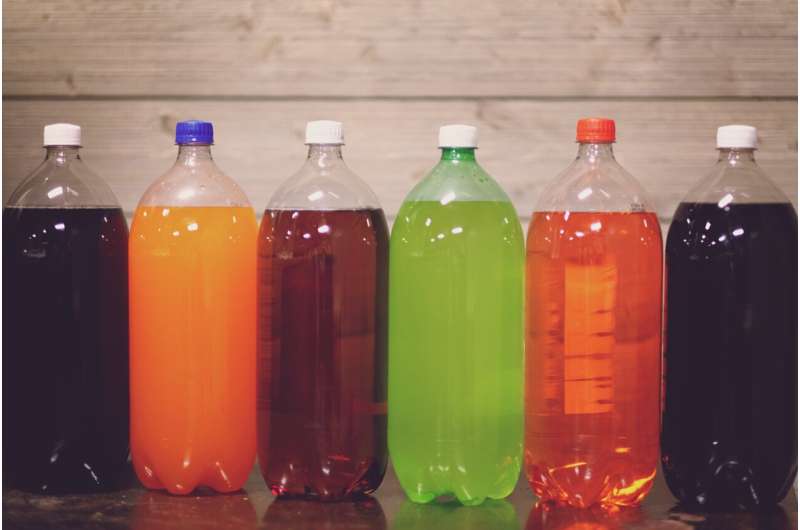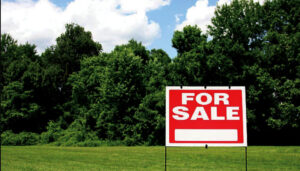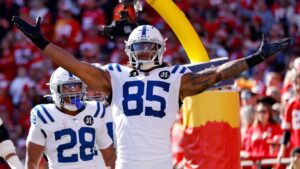
With the summer heat comes the familiar sound of burgers sizzling on the grill and the nostalgic tunes of classic rock. Yet, amidst the revelry of American cookouts, a linguistic debate continues to bubble: should a soft drink be called “soda,” “pop,” or “coke”? This debate, as effervescent as the drinks themselves, often boils down to regional preferences. Midwesterners might ask for a “pop,” while those in the North and far West typically prefer “soda.” Meanwhile, in the South, it’s not uncommon to hear someone request a “coke” when they mean any soft drink, be it a root beer or a Sprite.
As a linguist specializing in American dialects, the regional divide is less intriguing than the rich history behind these terms. The story of how a fizzy “health” drink from the early 1800s evolved into today’s soft drinks is a testament to American innovation and linguistic creativity.
The Origins of Soda: A Health Drink Revolution
The idea of food and drinks with wellness benefits might seem modern, but the 1800s saw a “soda revolution” inspired by the desire to create medicinal beverages. The process of carbonating water was discovered in the late 1700s. By the early 1800s, carbonated water, often called “soda water,” gained popularity as a health drink. The term “soda” likely derives from “sodium,” as these drinks contained salts believed to have healing properties.
Pharmacists sold soda water at soda fountains, innovative devices that dispensed carbonated water by the glass. The first such device was set up in 1806 by Benjamin Stillman, a chemistry professor, in a New Haven drugstore. This innovation sparked a boom in soda fountains across drugstores and health spas.
By the mid-1800s, pharmacists were crafting unique concoctions infused with roots, fruits, and herbs, such as sassafras-based root beer. These flavored versions were marketed as cures for ailments ranging from fatigue to bad moods. Thus, the word “soda” became associated with sweetened carbonated beverages, distinct from simple carbonated water.
Regional Naming Patterns: Soda, Pop, and Coke
The regional variations in naming soft drinks can be traced to economic and linguistic factors. The Northeast’s preference for “soda” reflects the soda fountain’s long history in the region. Many Northeasterners migrated to California in the mid-to-late 1800s, bringing the term with them.
The Midwestern fondness for “pop” dates back to the 1840s, when “ginger pop” was a popular term for a sparkling beverage. The term “pop” is believed to be onomatopoeic, mimicking the sound of a cork popping from a bottle. One theory suggests that Michigan’s Feigenson Brothers Bottling Works, now Faygo Beverages, popularized “pop” by using it in their product names. Another theory posits that bottles were more common in the Midwest, making the “pop” sound more familiar than in the Northeast, where soda fountains dominated.
As for “coke,” its generic use in the South stems from Coca-Cola’s origins and popularity in the region. The first Coca-Cola was served in 1886 by Dr. John Pemberton at Jacobs’ Pharmacy in Atlanta. Despite Coca-Cola’s attempts to protect the “Coke” trademark, the term became generic, much like “Jell-O” or “Kleenex.”
The Soft Drink Terminology
The term “soft drink” originally distinguished nonalcoholic beverages from “hard drinks,” or those containing alcohol. Intriguingly, the original Coca-Cola formula included wine, similar to the popular Vin Mariani overseas. However, Pemberton later developed a “soft” version to market as a medicinal drink.
Over time, “soft drink” came to refer specifically to sweetened carbonated beverages, reflecting America’s enduring love for sugar and bubbles. Today, the average American consumes nearly 40 gallons of soft drinks annually.
With the average American guzzling almost 40 gallons per year, you can call it whatever you want. Just don’t call it healthy.
As the linguistic debate over “soda,” “pop,” and “coke” continues, it serves as a reminder of the rich tapestry of American culture and the historical journey of one of its most beloved refreshments.







